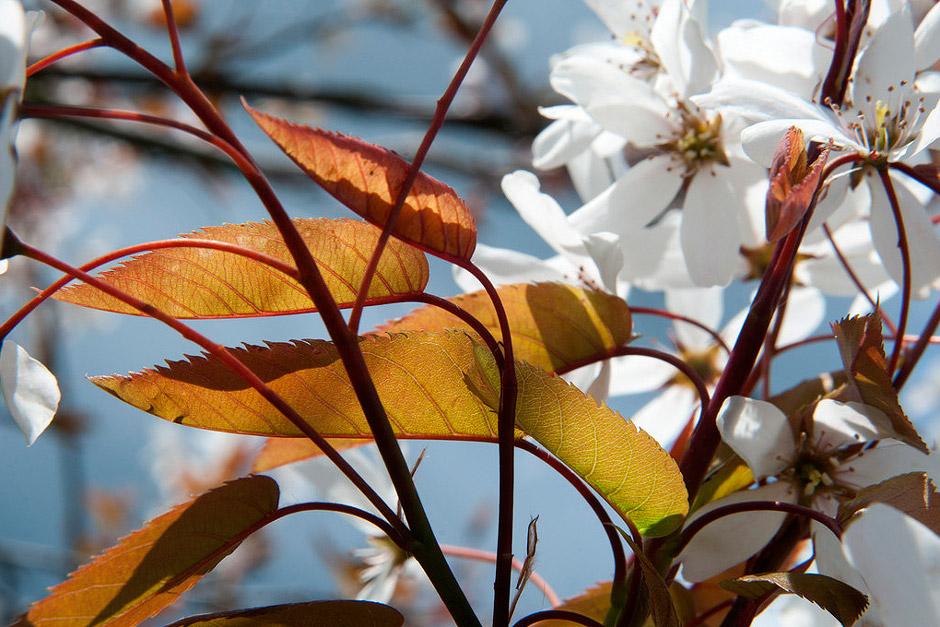Japanese maples burst with glorious colour
Spectacular, dramatic, fantastic in a border and loved for their delicate colourful foliage – ranging from green, yellow, orange, red and purple
What’s in a name?
Japanese maple is the common name used to describe all Acer palmatum varieties. ‘Acer’ means ‘sharp’, and ‘palmatum’ refers to the leaf shape, which is palm or hand-shaped with five pointed fingers. The name Acer palmatum is usually followed by the name of the variety, which is written in inverted commas, for example Acer palmatum ‘Crimson Queen’.
Let them thrive
Contrary to popular belief, Japanese maples are not acid-loving trees that need ericaceous compost. They grow in any medium as long as moisture and oxygen are available to the roots. They’ll even grow in pure gravel providing they’ve got the right amount of moisture. Ericaceous
What about the weather?
We’ve often heard our customers say, “but they don't like the sun and they need shelter from the wind”, and yet Japanese maples have survived and thrived in the wild with these conditions for thousands of years.Generally, a Japanese maple with red, purple or dark green foliage needs sunshine for at least half of each day to keep its colour. Variegated, white, pale, vivid yellow or lime-leaved varieties need bright dappled shade. Wind can dry the soil or compost, if planted in a pot, so each needs an even amount of moisture to be maintained at its roots.
Plant or re-pot your Japanese maple at any point in the
Japanese maple are best pruned from late February to mid August only. They may bleed some
Larchfield Trees
www.larchfieldtrees.co.uk | 024 7654 3067


